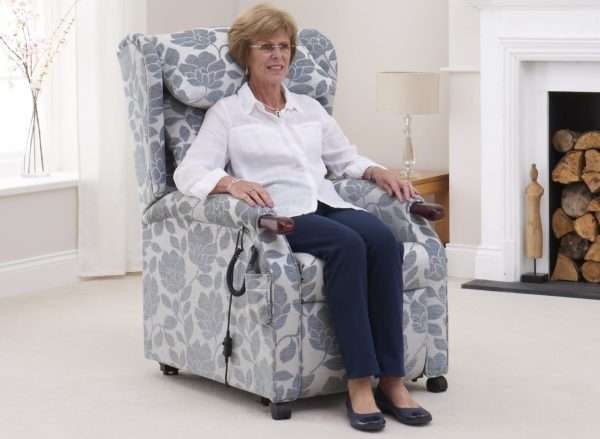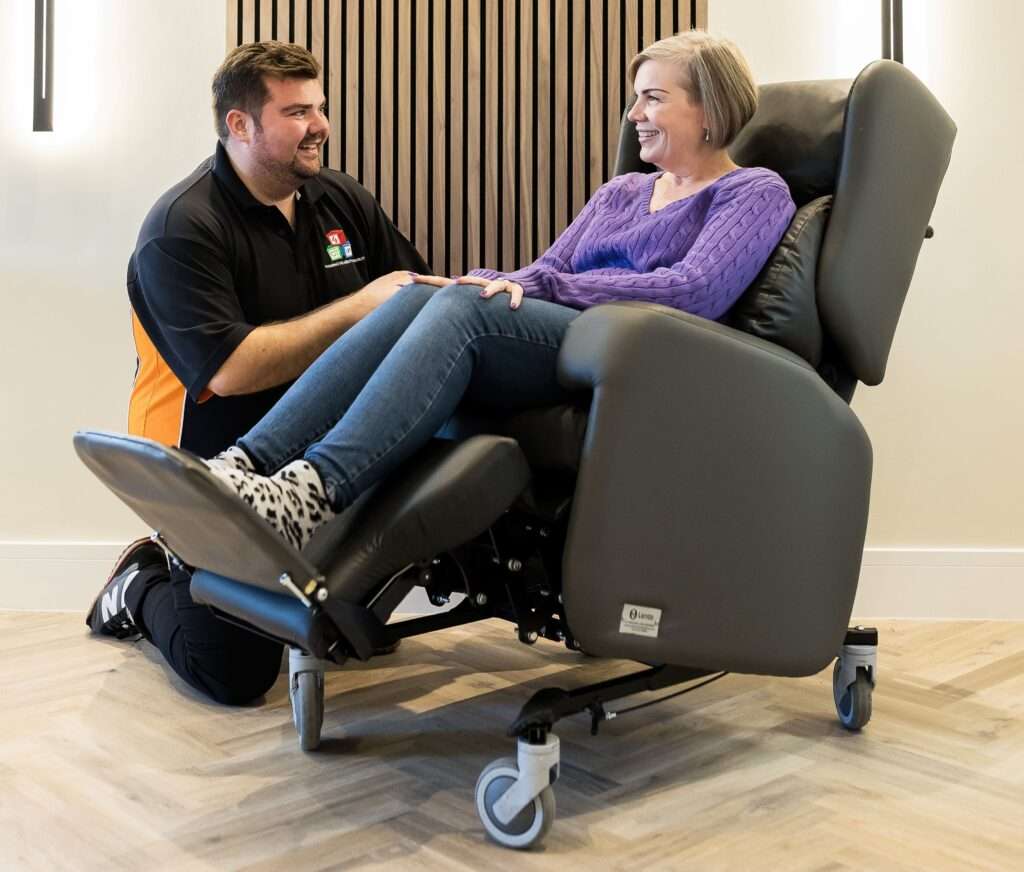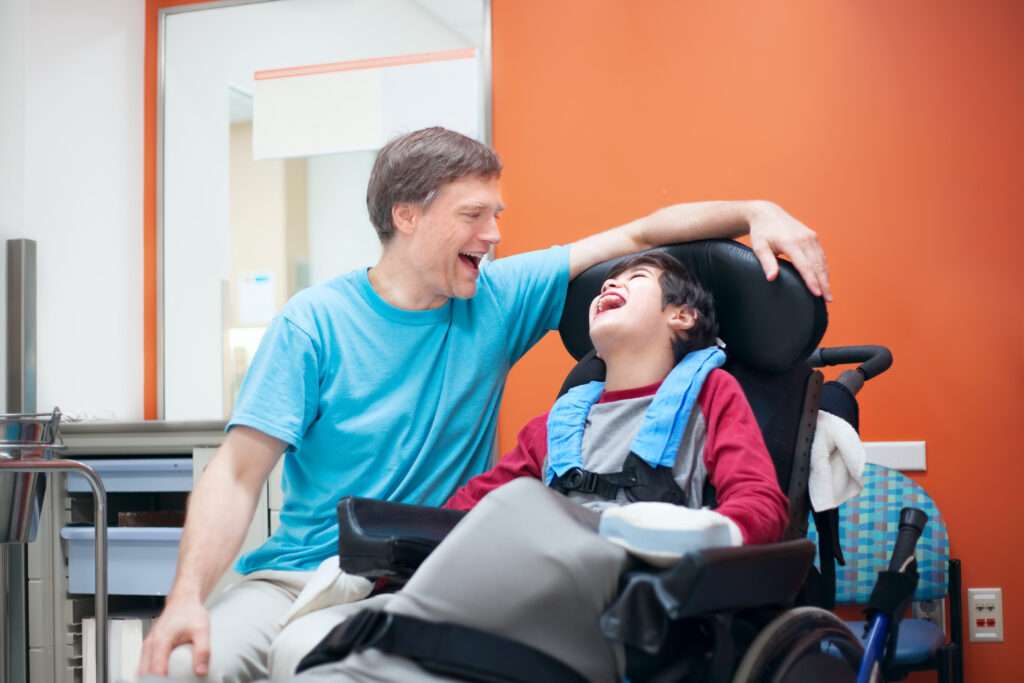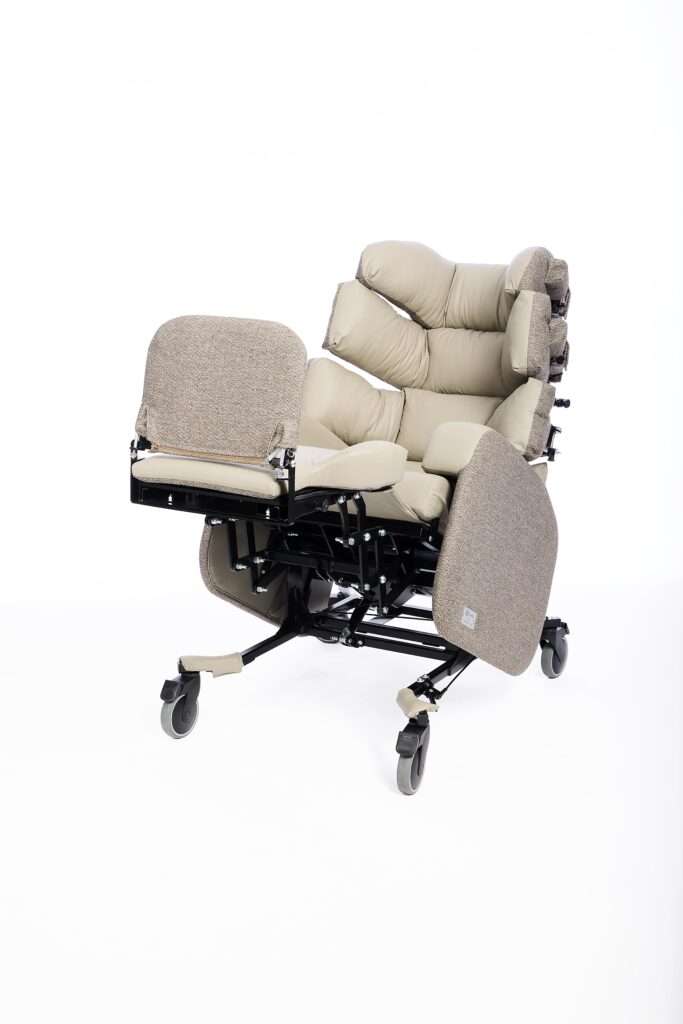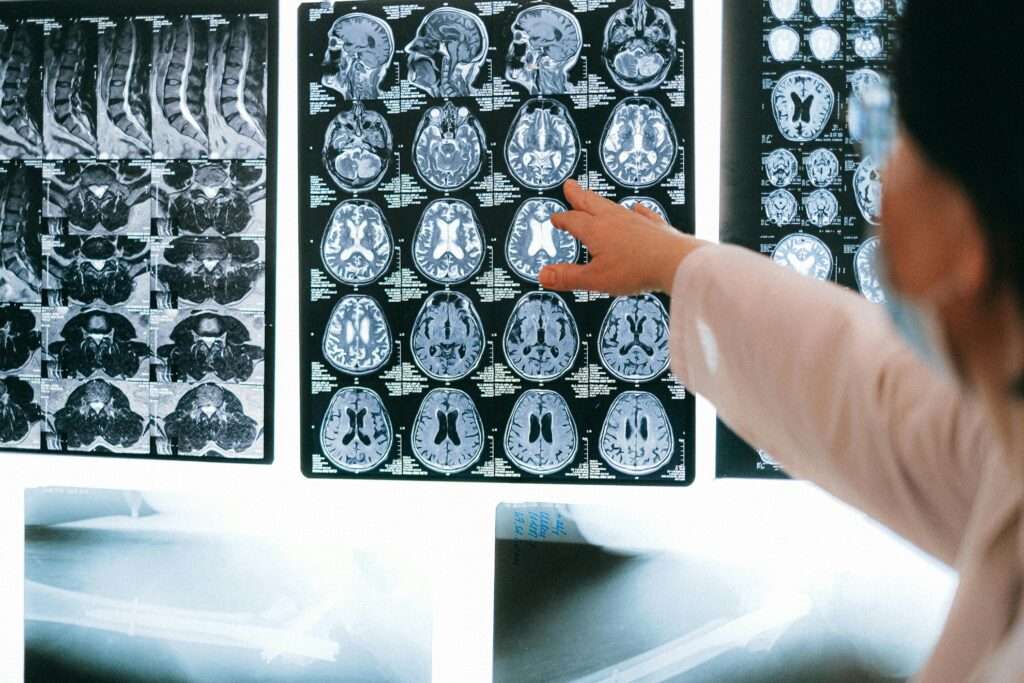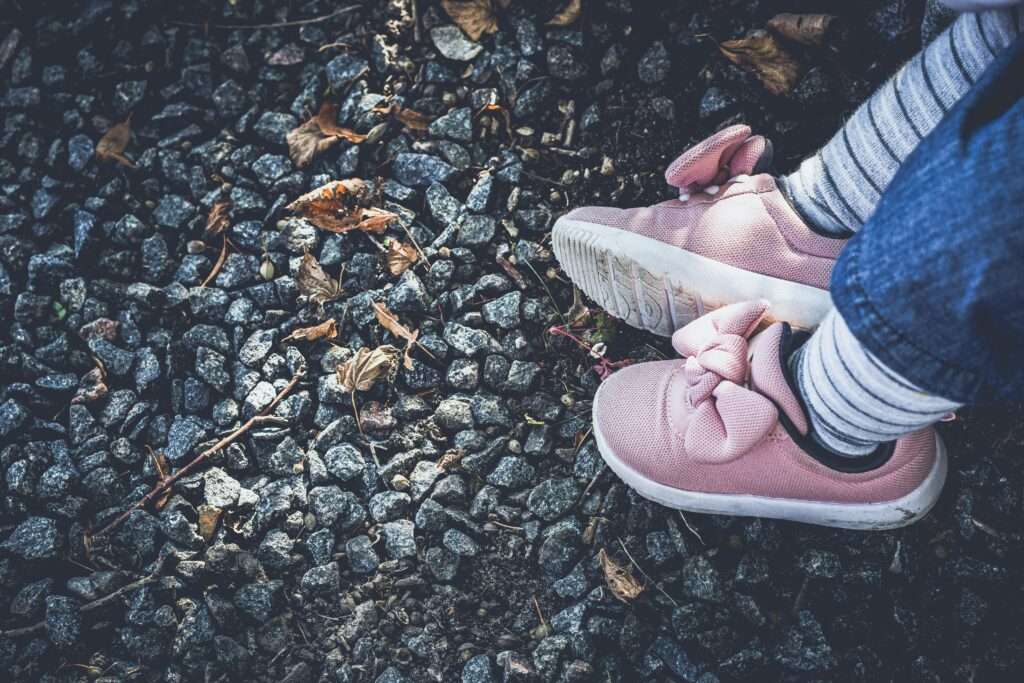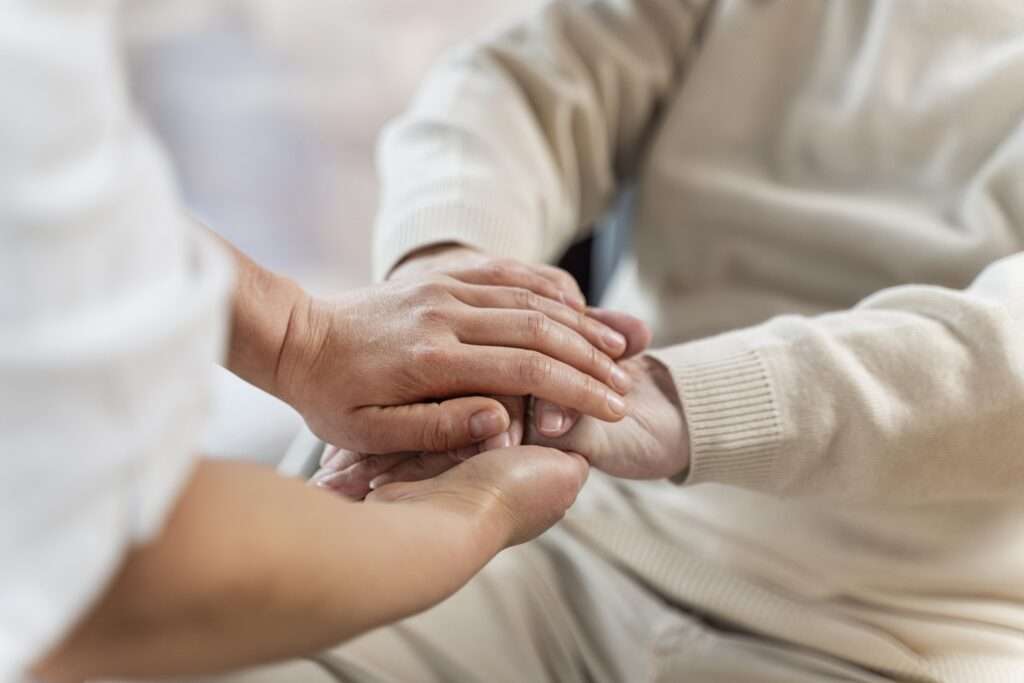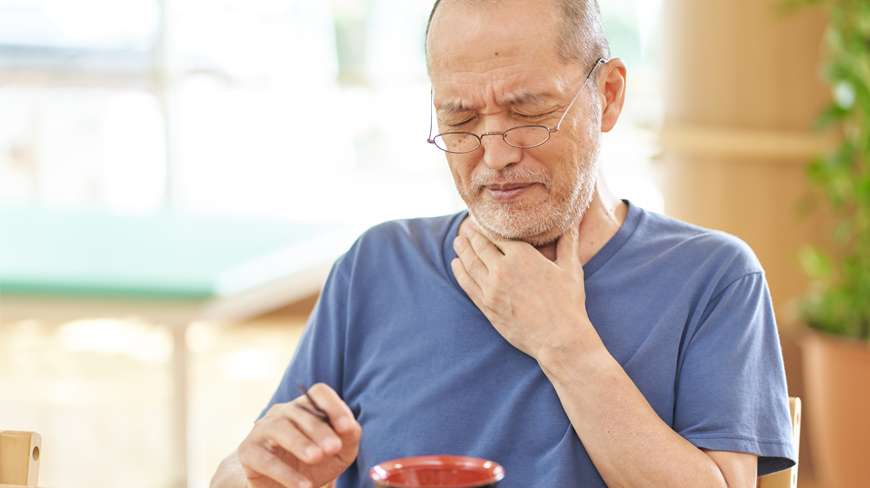Windswept hip deformity (or “windsweeping”) is a postural presentation where the thighs or knees are angled to one side when seated, creating a “windswept” appearance. This posture is common among wheelchair users, people with unsuitable seating and individuals with cerebral palsy, muscular dystrophy, or spinal deformities.
Windsweeping can be an indication of underlying postural problems, and if left unchecked can lead to pain, limited mobility, and long-term deformities. Fortunately, targeted support through repositioning and good postural management can provide relief and improve pelvic alignment.
Jump straight to…
What Causes Windswept Posture?
Windswept posture often results from musculoskeletal imbalances or asymmetrical pressure in a chair.
The key factors include:
Scoliosis or spinal deformities: having a sideways curve (scoliosis) or lean to one side can create uneven pressure on the hips, causing a horizontally tilted pelvis (pelvic obliquity).
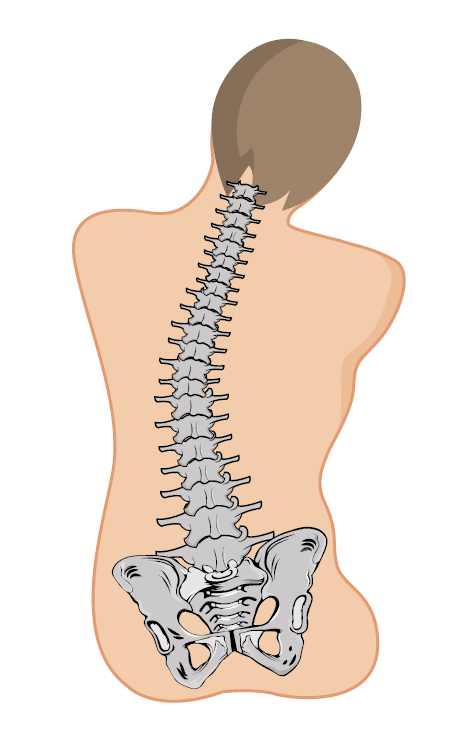
Hip dislocations or subluxations: Common in individuals with cerebral palsy, hip issues can lead to pelvic rotation. Children with cerebral palsy often struggle to maintain a symmetrical posture due to muscle weakness and contractures.
Muscle tone asymmetry: Unequal muscle tone around the hips pulls the legs to one side.
Early identification of these risk factors is essential for effective intervention.
Recognising the Symptoms of Windsweeping
Windswept posture can be recognised by specific indicators such as:
Pelvic rotation: if the pelvis is not straight and one side is further forward than the other, this can angle the legs to one side.
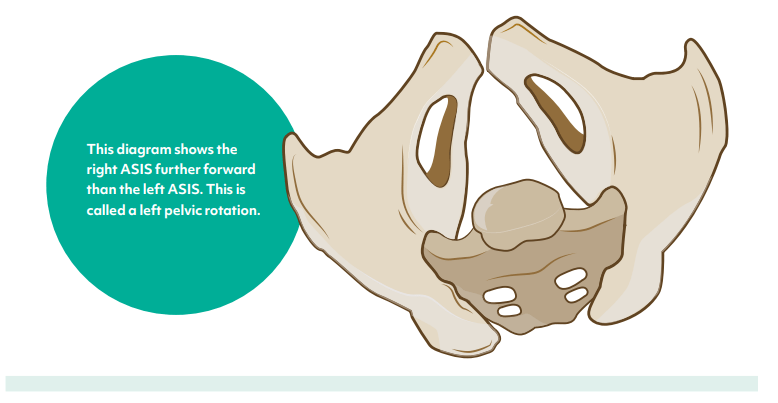
Pelvic Rotation
Pelvic obliquity: similar to pelvic rotation and often going together, pelvic obliquity is where one side of the pelvic is higher than the other, causing a lean to one side and the resulting misalignment in the legs.
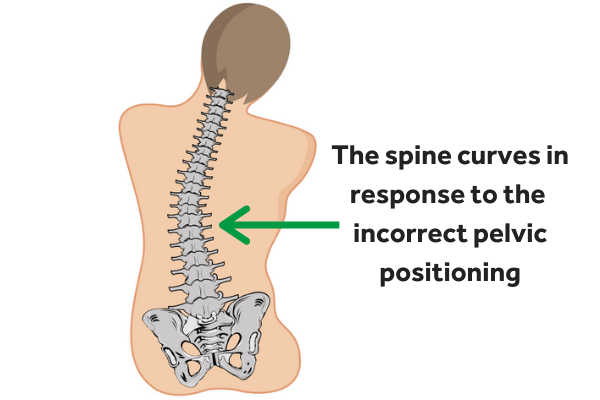
Asymmetrical leg position: both pelvic rotation and pelvic obliquity cause an asymmetrical leg position, where one leg angles outward (abduction), while the other angles inward (adduction), creating the “windswept” effect.
Individuals may report discomfort, a lack of balance, or even pain due to this misalignment.
The Impact of Untreated Windsweeping
Without proper support, windsweeping can worsen over time, leading to chronic issues such as:
Increased risk of pressure sores: Uneven weight distribution causes a build-up of pressure on one side, creating pressure sores on the buttocks/thighs.
Mobility limitations: Imbalanced posture can lead to spinal deformities such as scoliosis and hip rotation, which can lead to poor musculoskeletal health and chronic pain, restricting movement and impacting independence.
Respiratory and digestive issues: Severe spinal or pelvic deformities can compress organs, affecting breathing and digestion.
Treatment and Prevention of Windswept Legs
Effective postural management begins with a comprehensive seating assessment by a seating specialist. The key aspects of good positioning to address windsweeping include:
Ensure correct seat size: Correct seat height and width is essential to ensure correct pelvic alignment and a neutral posture in the chair, which will naturally correct the tendency for the legs to windsweep.
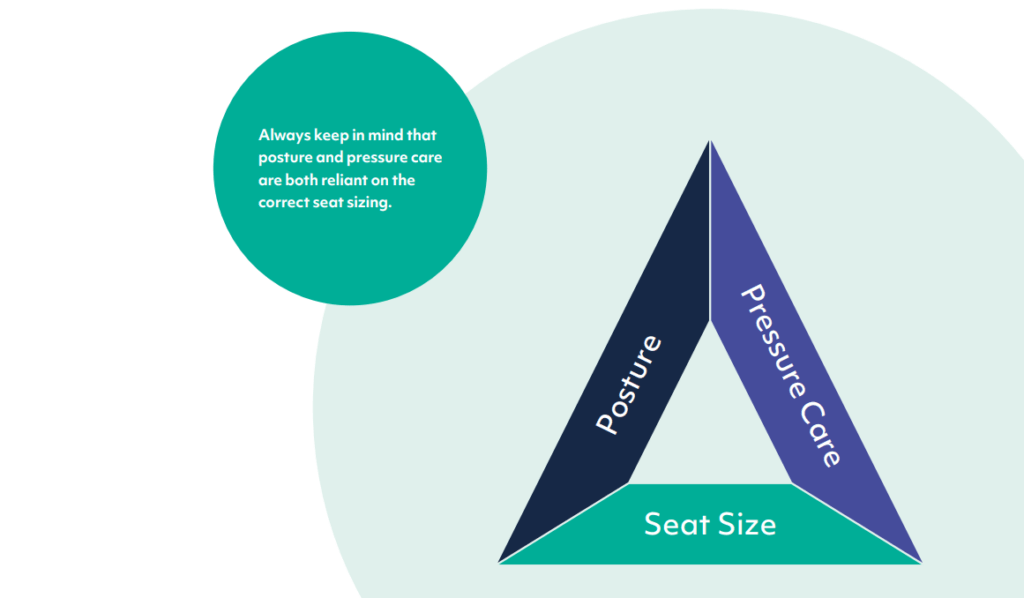
Custom Seating Cushions: Specialised cushions with supportive contours distribute pressure evenly, reducing pelvic obliquity. Seat pommels, which can be integrated into the seat cushion or attached separately, act as a natural guide to keep the pelvis and thighs straight.
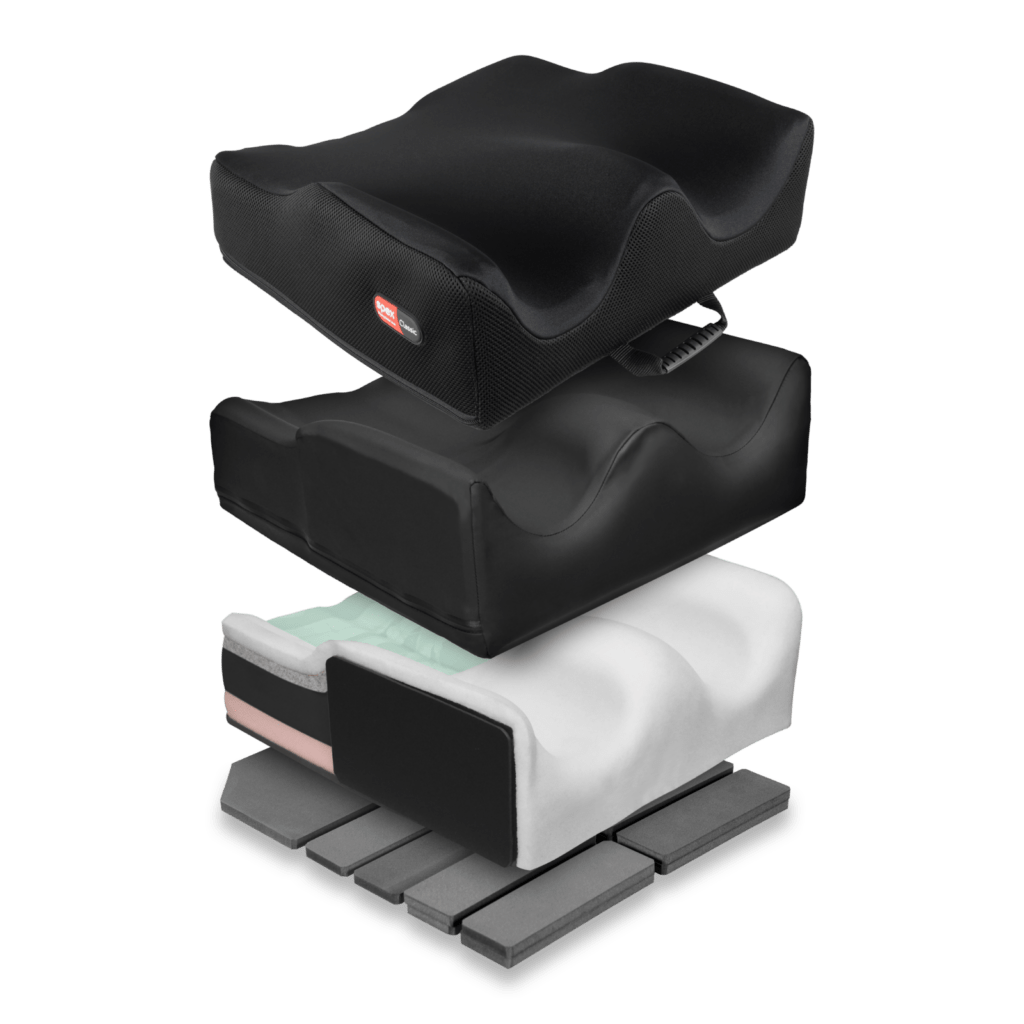
Lateral Supports: Lateral supports stabilise the torso, preventing scoliosis from aggravating windswept posture. Proper placement of these supports promotes a more neutral spine position.
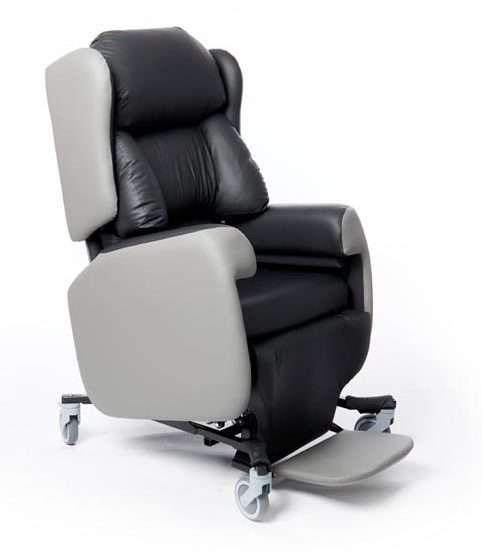
As you can see here on the Lento care chair, the extended lateral supports will help to keep you upright and central.
Pelvic Positioning Belts: Belts and straps secure the pelvis in alignment, minimising hip rotation and stabilising the hips. Ensuring a snug fit is crucial for effectiveness.
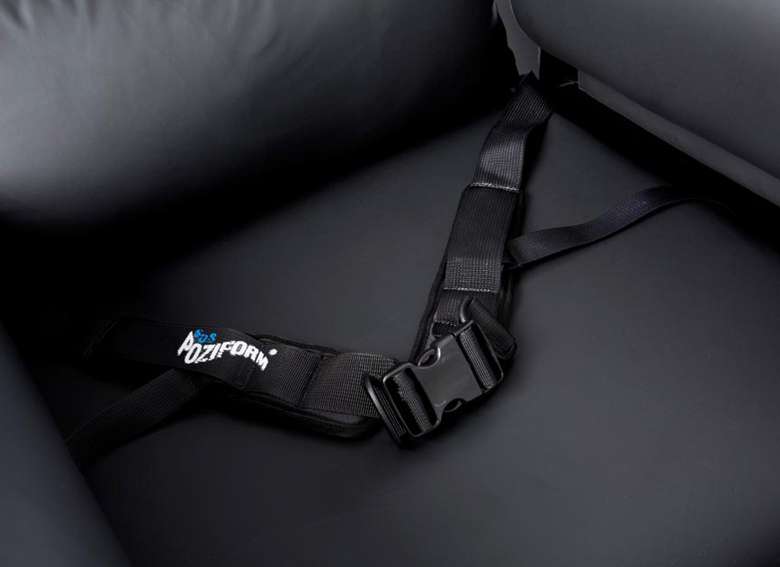
Knee Blocks or Abductor Pads: These components prevent the knees from angling excessively inward or outward. Positioned between the legs or to the sides, they help align the legs.
Channelled legrests and footrests: The articulating legrest and channelled footrest of the Lento Care chair helps bring the legs into central alignment.
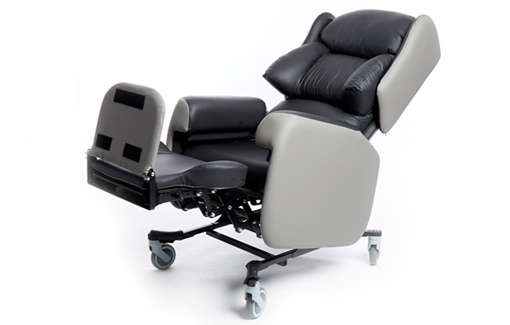
Lento Care Chair articulating legrest
The unique contoured legrest on the Lento Neuro chair follows the shape of the lower legs down to the footrest, centralising posture.
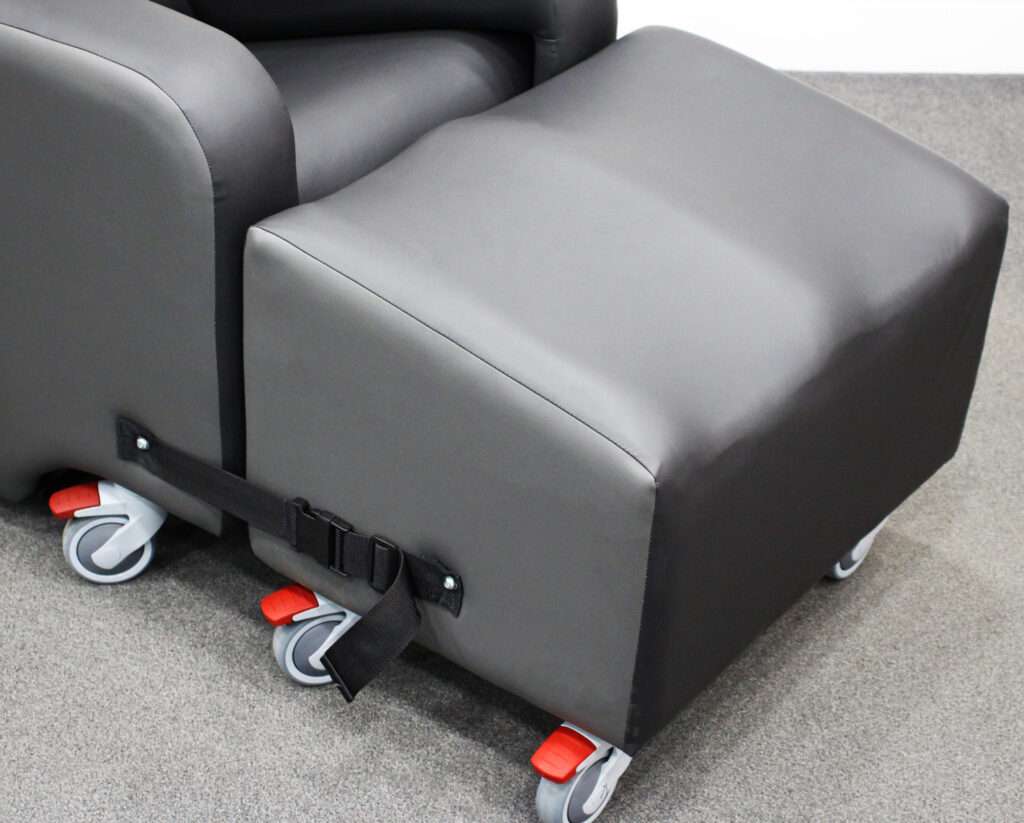
Lento Neuro Care Chair
Improving Quality of Life through Early Intervention
As individuals grow or experience changes in muscle tone, regular assessments by occupational therapists are necessary to ensure continued support.
Beyond physical support, education and early intervention play essential roles in managing windswept posture. Families, caregivers, and clinicians should be informed about the early signs of windsweeping to facilitate timely intervention. Awareness of the condition and access to the right equipment can improve comfort and quality of life.
Conclusion
Windswept posture can be effectively managed with the right chair measurement and setup, ensuring better posture and reducing the risk of long-term complications. As awareness grows, more people can access tailored solutions that restore alignment, alleviate discomfort, and support independence.
Consult with a seating specialist or therapist to explore customised options that address individual needs.
Get Expert Advice
FAQs
What is Windswept Hip Deformity?
Windswept Hip Deformity, or windsweeping, is a misalignment in which the thighs or knees angle to one side, creating a “windswept” appearance. It commonly affects individuals who use wheelchairs or have conditions like cerebral palsy, muscular dystrophy, or spinal deformities.
What causes windswept posture?
This posture is usually the result of musculoskeletal imbalances or asymmetrical pressure while seated. Contributing factors include scoliosis or other spinal deformities, hip dislocations, and muscle tone asymmetry, which all impact pelvic alignment and lead to windsweeping.
What are the symptoms of windswept posture?
Signs of windswept posture include pelvic rotation (where one side of the pelvis is further forward), pelvic obliquity (a tilted pelvis), and an asymmetrical leg position, with one leg angled outward and the other inward. These misalignments can cause discomfort, balance issues, and even pain.
What happens if windswept posture is left untreated?
Without intervention, windsweeping can lead to chronic issues like pressure sores, mobility limitations, musculoskeletal complications, and even respiratory or digestive issues if spinal deformities worsen.
How is windswept hip deformity treated?
A seating assessment by a specialist is essential. Treatment options include ensuring a proper seat fit, using custom seating cushions, lateral supports, pelvic positioning belts, knee blocks or abductor pads, and channelled legrests or footrests to keep the pelvis and legs aligned.
Are there specific products that can help with alignment?
Yes, there are several aids such as contoured cushions, lateral supports, knee blocks, and legrests designed to stabilise posture. For instance, the Lento Neuro’s legrest aligns the lower legs for a more centralised posture.
Who should assess and manage windswept posture?
Occupational therapists or seating specialists are ideal for assessing and managing windswept posture. Regular assessments are also recommended, especially as individuals grow or experience changes in muscle tone.





